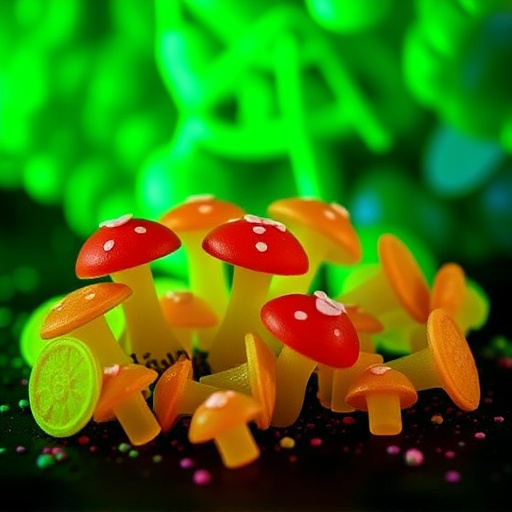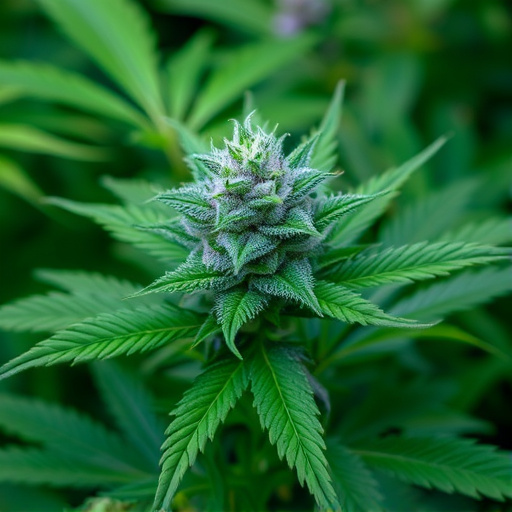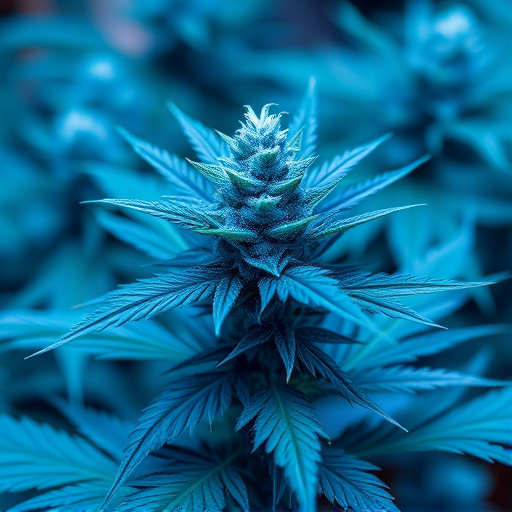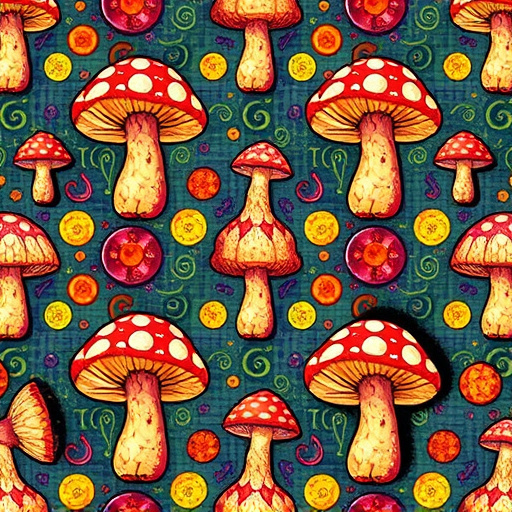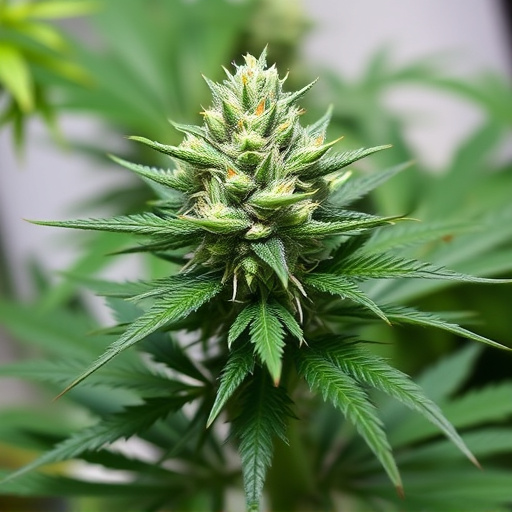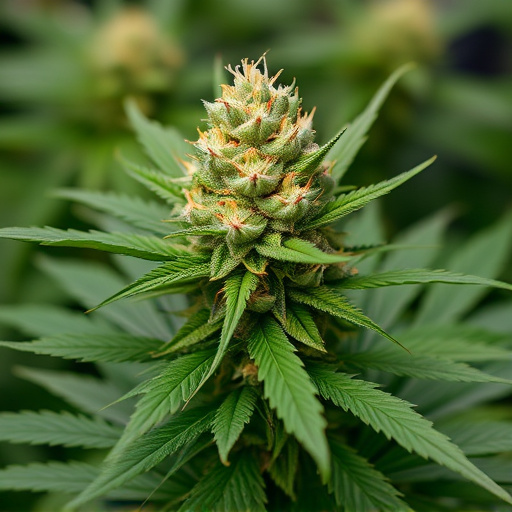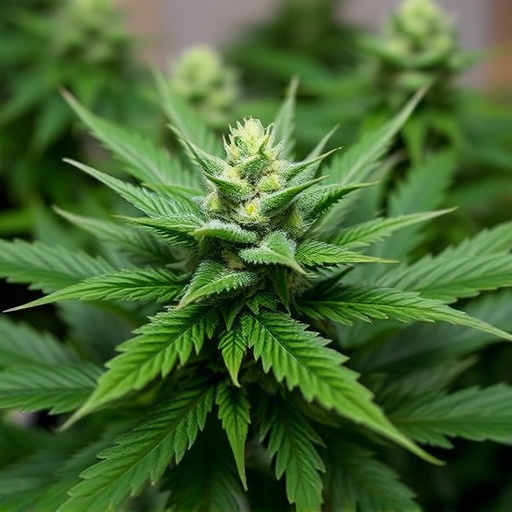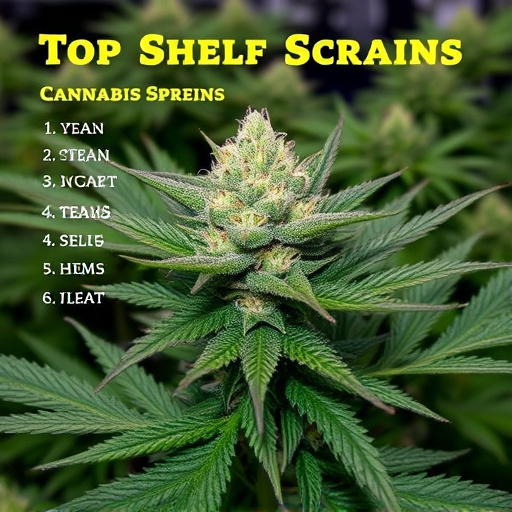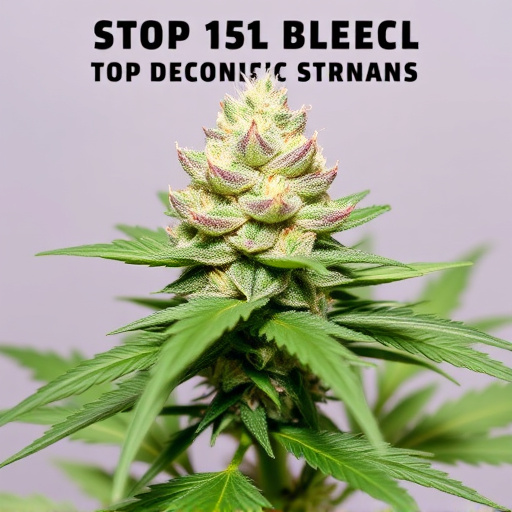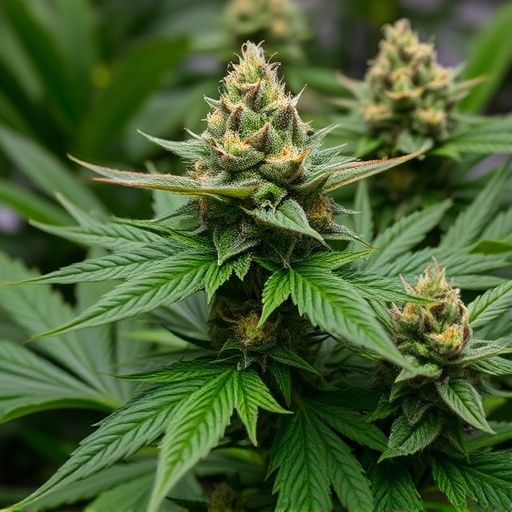Top shelf cannabis strains' unique aromas are primarily driven by terpenes, natural compounds that significantly influence scent and flavor, creating notes like skunk, sweetness, or flowers. Terpene diversity, influenced by genetic variations and cultivation methods, results in distinctive smells, with molecules like myrcene and limonene contributing to musky earthy and citrusy tones, respectively. Selective breeding has enhanced these profiles, offering a range from fruity to floral to earthy aromas, including skunkiness. Growing top shelf strains involves combining selective breeding, controlled environmental conditions, and organic methods to produce cleaner terpene profiles, reducing unwanted odors and allowing the true essence of each strain to shine.
“Uncover the secrets behind the varying skunk-like aromas in cannabis. While some top shelf cannabis strains delight with complex scents, others lean towards a more pungent skunky odor. This article explores the science behind these smells, focusing on terpenes and genetic influences. We’ll delve into how cultivators can navigate these traits, offering techniques to enhance desirable aromas or reduce skunkiness in high-quality strains. Understanding these nuances allows cannabis enthusiasts to choose and appreciate their favorite top shelf varieties.”
- Understanding Cannabis Aromas: The Role of Terpenes
- Genetic Factors and Skunk-Like Odors: Uncovering the Reasons
- Cultivating for Aroma: Techniques to Enhance or Mitigate Skunkiness in Top Shelf Strains
Understanding Cannabis Aromas: The Role of Terpenes
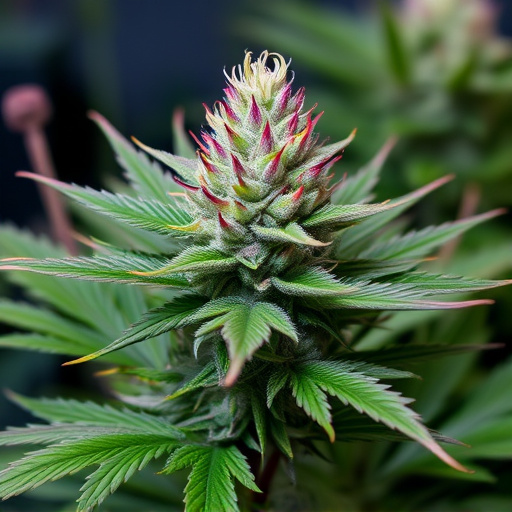
Cannabis aromas are a complex mix of compounds, but terpenes play a pivotal role in shaping the scent and flavor profile of different strains. These aromatic molecules, produced naturally by cannabis plants, contribute significantly to the distinctive skunk, sweet, fruity, or floral notes we associate with top shelf cannabis strains. Terpenes not only make each strain unique but also interact with cannabinoids like THC and CBD, influencing their perceived effects.
The diverse terpene profiles found in various strains can be attributed to genetic differences and cultivation practices. Some terpenes, such as myrcene, limonene, and pinene, are more prevalent in certain cannabis varieties, leading to characteristic smells. For instance, high levels of myrcene often impart a musky, earthy aroma, while limonene offers citrusy notes. Understanding these terpene profiles is key to appreciating the nuances between top shelf cannabis strains and their distinct aromatic offerings.
Genetic Factors and Skunk-Like Odors: Uncovering the Reasons
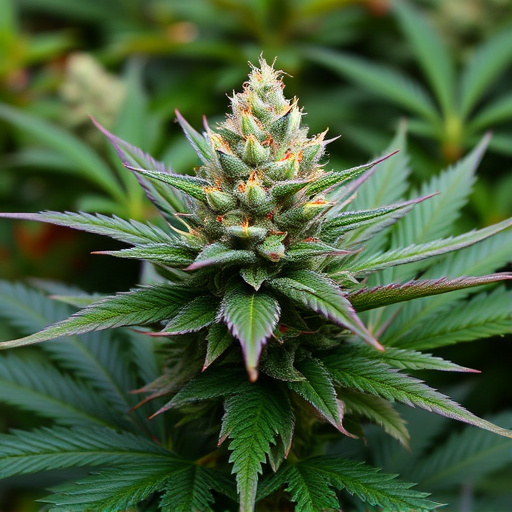
The skunk-like odor associated with certain cannabis strains is a result of complex genetic factors. Cannabis plants produce various volatile compounds that contribute to their unique aromas, and some of these are responsible for the distinctive skunk scent. Certain terpenes, such as myrcene and limonene, play a significant role in creating this characteristic fragrance. Breeds that naturally accumulate higher levels of these terpenes tend to have more pronounced skunkiness.
Beyond terpene content, genetic variations in the cannabis plant’s chemistry can lead to differences in scent. Some top shelf cannabis strains have been selectively bred for their desirable traits, including specific aromatic profiles. This selective breeding process often focuses on enhancing or altering the balance of terpenes and other chemical compounds, resulting in a wide range of aromas, from fruity and floral to earthy and, yes, skunk-like.
Cultivating for Aroma: Techniques to Enhance or Mitigate Skunkiness in Top Shelf Strains
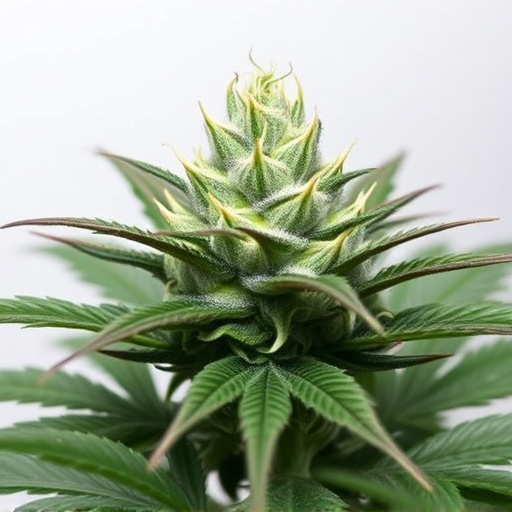
Cultivating for aroma is a delicate art in the world of cannabis, especially for top shelf cannabis strains known for their distinct and potent profiles. Growers employ various techniques to enhance or mitigate skunkiness, a characteristic often associated with desirable aromas. One key approach is selective breeding, where specific genetic traits are encouraged to create strains with more pleasant scents while retaining their robust effects.
Environmental factors play a significant role as well. Controlled environments allow growers to fine-tune elements like temperature, humidity, and lighting, which can influence the plant’s terpene production—the compounds responsible for cannabis’ unique aromas. Additionally, organic cultivation methods, free from synthetic chemicals, contribute to cleaner, more nuanced profiles, reducing unwanted skunk notes and allowing the true essence of each strain to shine through.
In conclusion, the skunkier aroma often associated with certain cannabis strains is a complex interplay of genetic factors and terpene profiles. Understanding these elements allows cultivators to optimize their techniques for cultivating top shelf cannabis strains that cater to diverse consumer preferences. By leveraging knowledge about terpenes and genetic modifications, growers can produce desirable aromas while maintaining high-quality, potent plants, ensuring an enjoyable experience for cannabis enthusiasts who appreciate both flavor and fragrance.
